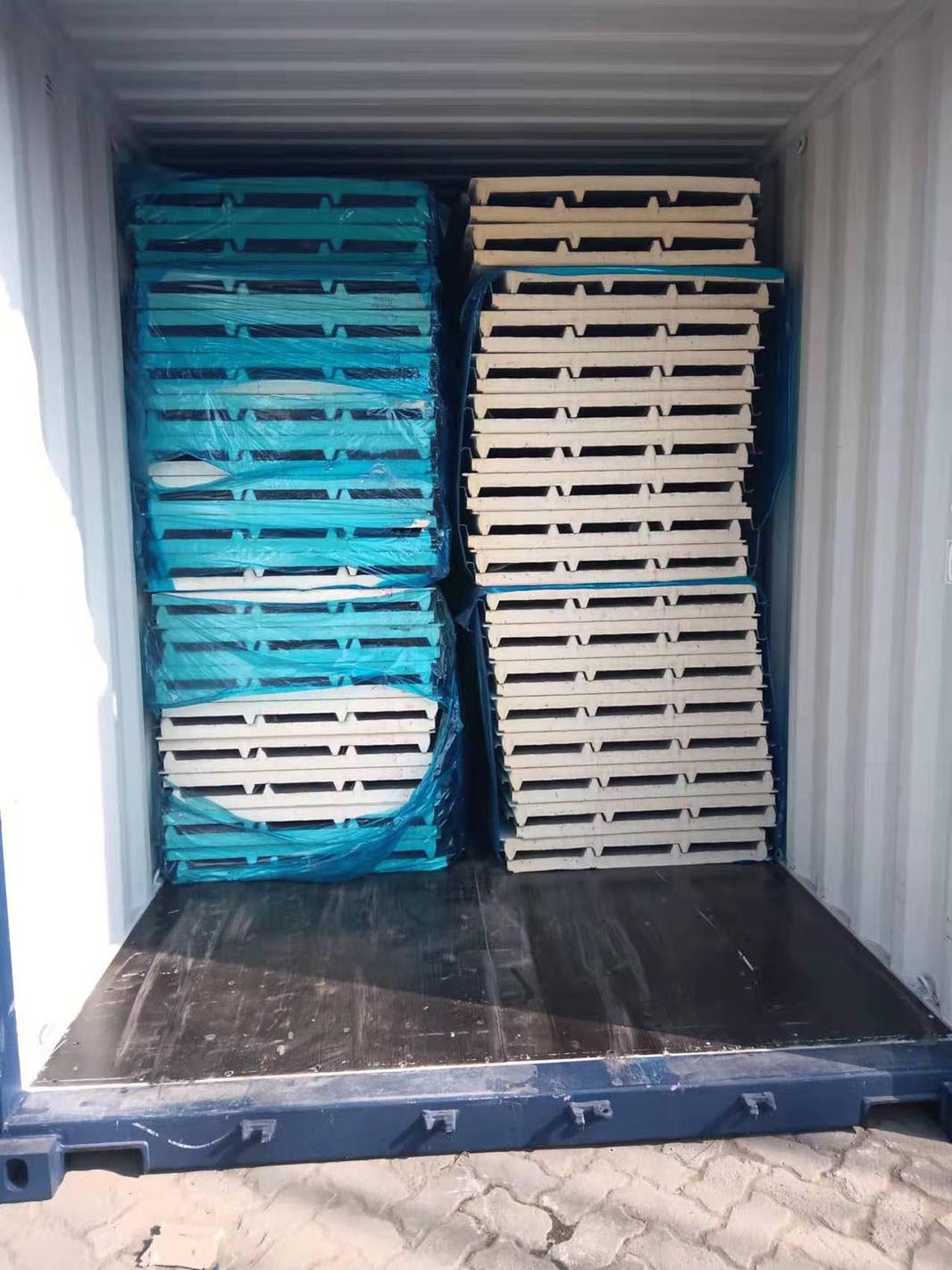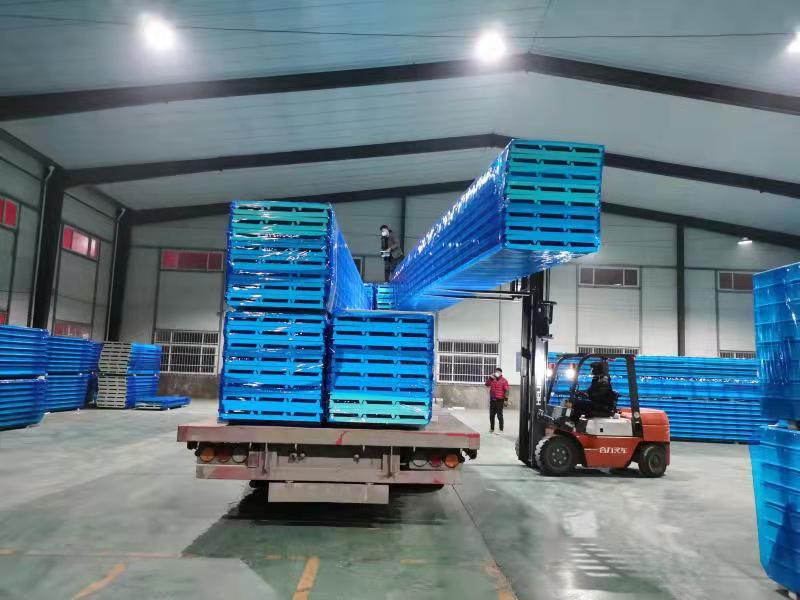
About the roofing materials, PIR (Polyisocyanurate) roof panels have emerged as a top - choice solution for numerous construction projects. Let's delve into the structure, advantages of PIR roof panels and offer guidance on how to select the best ones.
Structure of PIR Roof Panels
PIR roof panels are a type of sandwich - structured panel. The core of these panels is made of rigid polyisocyanurate foam. This foam is created through a chemical reaction between polyester polyol and isocyanate, where an excess of isocyanate spontaneously forms a six - membered ring molecular structure .
The core is then sandwiched between two outer layers, typically made of metal such as steel or aluminum. During the manufacturing process, the outer metal layers are first shaped into the desired form. Then, the necessary components for the PIR foam are injected in a predetermined dosage between these layers. Through a process of heating and pressurizing for a specific period until the foam cures, the panel achieves its final form with excellent dimensional stability .
Advantages of PIR Roof Panels
a.Superior Thermal Insulation
PIR roof panels are renowned for their outstanding thermal insulation properties. They have a very low thermal conductivity, typically in the range of 0.019 - 0.023 W/M.K. This means they can effectively reduce heat transfer between the interior and exterior of a building, leading to significant energy savings for heating and cooling. The uniform insulation across the panel also ensures that there are no thermal bridges, further enhancing the overall insulation performance [[2]()][[3]()].
b.Excellent Fire Resistance
Compared to traditional polyurethane (PUR) foam, PIR has much better fire - resistant characteristics. The six - membered ring molecular structure in PIR foam can promote charring during combustion, forming a protective layer that prevents the fire from penetrating deeper into the panel. PIR roof panels can reach a B1 - level of fire - resistance, which is classified as a difficult - to - burn material, providing a high level of safety for buildings .
c.Lightweight and High Strength
PIR roof panels are relatively lightweight, which eases the load on the building structure. At the same time, they possess high mechanical strength and excellent shear resistance. This combination of lightness and strength makes them easy to handle during installation and capable of withstanding various environmental forces, such as wind and snow loads [[3]()].
d.Good Durability
These panels are resistant to chemical corrosion, have good weatherability, and can maintain their performance over a long period. The closed - cell structure of the PIR foam makes the panel almost non - absorbent, which not only provides waterproofing but also protects against moisture - related damage such as mold and mildew growth .
e.Smoke Reduction
In case of a fire, PIR roof panels produce less smoke compared to PUR panels. In Europe, this quality is reflected in the European classification code s1, which is an important safety feature as it allows for better visibility and evacuation during a fire emergency .

How to Select PIR Roof Panels
1.Quality Certification
Look for panels that have passed relevant international and national standards. For example, in the United States, panels that meet the ASTM E84 standard are a good indication of quality, especially in terms of fire performance and smoke generation. Additionally, certificates like CE and ISO can also be used as a reference for the overall quality and manufacturing process of the panels .
2.Density and Thickness
The density of PIR roof panels usually ranges from 40 - 45 kg/m³. A higher density generally means better strength and insulation performance, but it may also increase the cost. As for thickness, common options include 50mm, 75mm, 100mm, etc. The choice of thickness depends on the specific insulation requirements of the building. For colder climates or buildings with high - energy efficiency goals, thicker panels may be necessary .
3.Manufacturer Reputation
Choose a well - established and reputable manufacturer. A reliable manufacturer will have strict quality control processes in place, use high - quality raw materials, and provide a reasonable product warranty. For instance, some manufacturers offer up to 10 - year product warranties, which reflects their confidence in the quality of their products .
4.Cost - effectiveness
While it's important not to compromise on quality, comparing prices from different suppliers can help you find the most cost - effective option. Consider the long - term benefits such as energy savings, durability, and maintenance costs in addition to the initial purchase price.

In conclusion, PIR roof panels offer a combination of excellent thermal insulation, fire resistance, strength, and durability. By understanding their structure, advantages, and following the selection guide, you can make an informed decision when choosing PIR roof panels for your construction project.
Welcome to inquiry LUSEN PIR ROOF PANEL ....
 Unit 409, Bestone Building, No.997, Tianma Road, Jimei District , Xiamen city, China Zip code: 361021
Unit 409, Bestone Building, No.997, Tianma Road, Jimei District , Xiamen city, China Zip code: 361021 Tel: 0086-592-6226343
Tel: 0086-592-6226343 Email: Market@luseninsulation.com
Email: Market@luseninsulation.com


